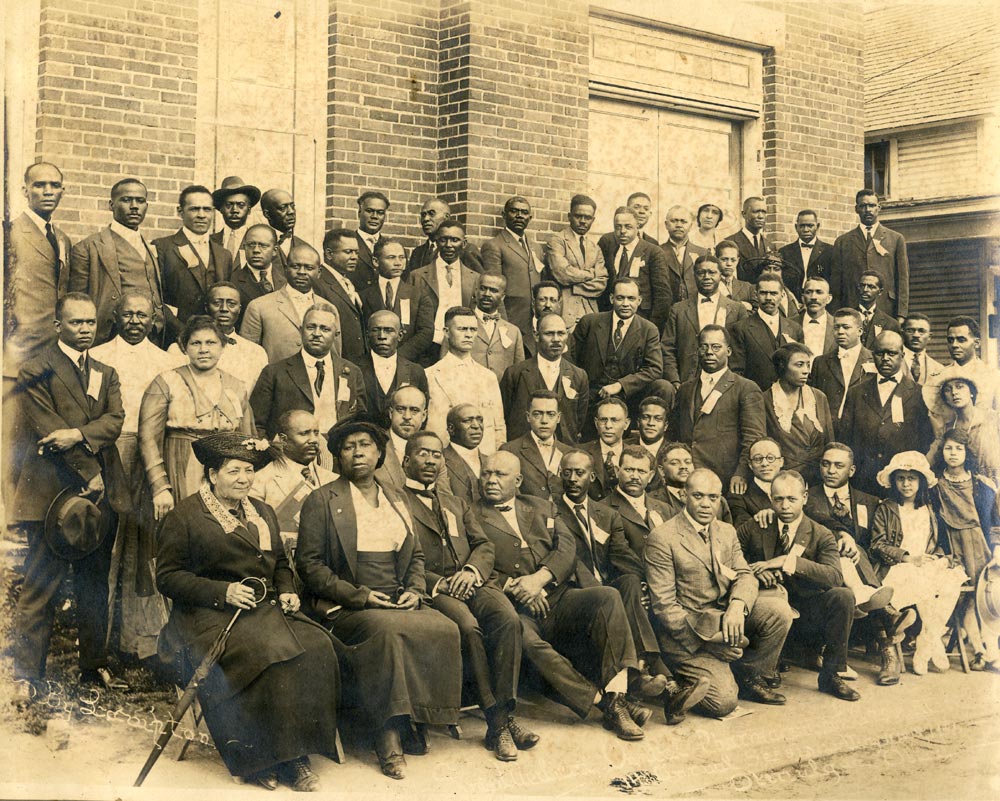In Part I of this blog series, we introduced the gaps analysis, a systematic assessment of the depth and breadth of archival absences within the DC History Center’s collections. We explored why the DC History Center pursued this project and how the gaps analysis came to be, along with its structure, process, and results.
Part II expands upon the challenges of this format, lessons learned, and how the gaps analysis conclusions are already informing our work and projects for next year.

Lessons and Challenges
A core lesson of the gaps analysis is that it is a challenge to effectively apply statistics to collections. Archiving is more art than science; there are natural limits to the data set. The project only targeted the manuscript collections; unprocessed collections were not included; and extent (or size) of the collections was not considered. We often came across scant catalog records as well as materials that were “Found in Collection,” or entirely lacking provenance. Many of the early collection records are skeletal, with little donor information and limited historical resources.
This process also necessitates assumptions. Assumptions about race and sexual preference create additional potential for erasure. Lack of historical sources and reliance on census records creates the potential to erase mixed race heritages, misidentify gender, or assume heterosexuality. Here, the attempt to “identify gaps” becomes muddier, because first we must identify… identities. By considering what is seen, and what remains unseen, we can prepare to do better in future catalog records, as well as improve the ones we have.
What does it mean to assume someone is not queer? We reckoned with the shapeshifting qualities of queerness and its myriad forms. We marked married heterosexual couples and people with biological children as straight, and “lifelong bachelors” with no proof of LGBTQA+ identity were labeled as “indeterminate.” This category was often limited to describing more contemporary collections; not every 19th-century gentleman was as unapologetically open about who he loved as John McCalla was in his diaries. Even recent collections include record creators who were not out, or whose sexuality was not evident from the materials they left behind. Again we are left with more questions than the study was designed to answer. How can we contextualize queerness historically and combat this erasure?
Through this experiment, we have nevertheless underscored an important lesson: absence is information. When catalog records and finding aids do not state race, the creators or subjects are often primarily white. When determining if an organization was exclusively white, identifying a date of integration is often challenging. Some are more open about their history than others, and some would rather highlight the present than grapple with the past. These blank spaces in the historical record also represent gaps and assumptions.
The gaps analysis ultimately resulted in a dataset that is opaque, flawed, but nevertheless representative of its purpose: highlighting the systemic and deliberate silences within our past collecting and cataloging practices. In doing so, we surface our complicity in symbolic annihilation of our neighbors, and our history. We benefit from having confronted these absences directly, but we move forward only through intentional action as caregivers of the memories entrusted to us.

What Now?
So where do we go from here? Transformative justice work is ongoing and never done. It is organic, always shifting, generating new questions and demanding fresh perspectives. How can we work to combat archival silences while avoiding extractive collecting practices, developing trust within communities, and collecting ethically?
As the DC History Center continues to reckon with our own systemic failure to preserve the history of communities of color in DC, acknowledging the omissions in our collections is a single step in a long journey. Here are a few more steps we are taking:
-
- The gaps analysis findings will guide future processing and collecting priorities as we seek to address identified absences particularly—but not exclusively—related to Black and Latino/a/x communities in the District.
- In response to suggestions presented by the Latinx Advisory Group (LAG) and with funding from the HumanitiesDC Visions Grant, the DC History Center is in the process of designing a community collecting initiative which will launch in the fall of 2024. This project will serve Latinx community members by offering high-quality digitization services, allowing us access to the materials to make available as part of the historical record while the donor maintains ownership of their materials.
- We are working with the descendant narrators of the Black Broad Branch Project to preserve and make accessible their oral histories.
- We are committed to making currently held collections more accessible, through initiatives such as the Oral History Digitization project with The Smith Center at NMAAHC.
- We are expanding our collecting practices by integrating Creative Commons deeds of gift into the donation process. These updated procedures give collection donors and memory keepers the option to retain ownership of their stories, while making them available to researchers.
Interested in donating to the DC History Center’s collections? Our Collection Donations guide will answer your questions about the donation process and help you submit your records for consideration! You can also learn more about the DC History Center’s collections or schedule a research appointment. Please direct all collections donation questions to collections@dchistory.org.